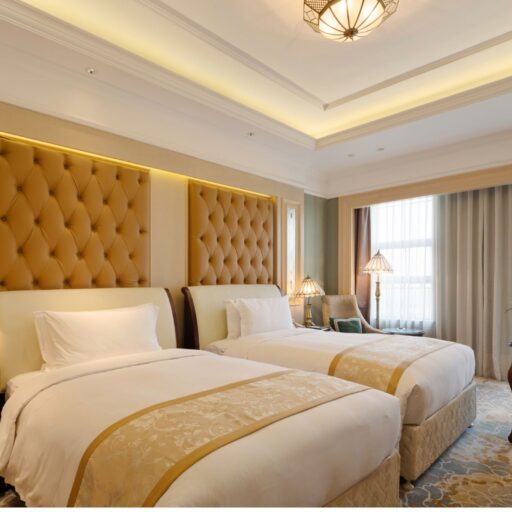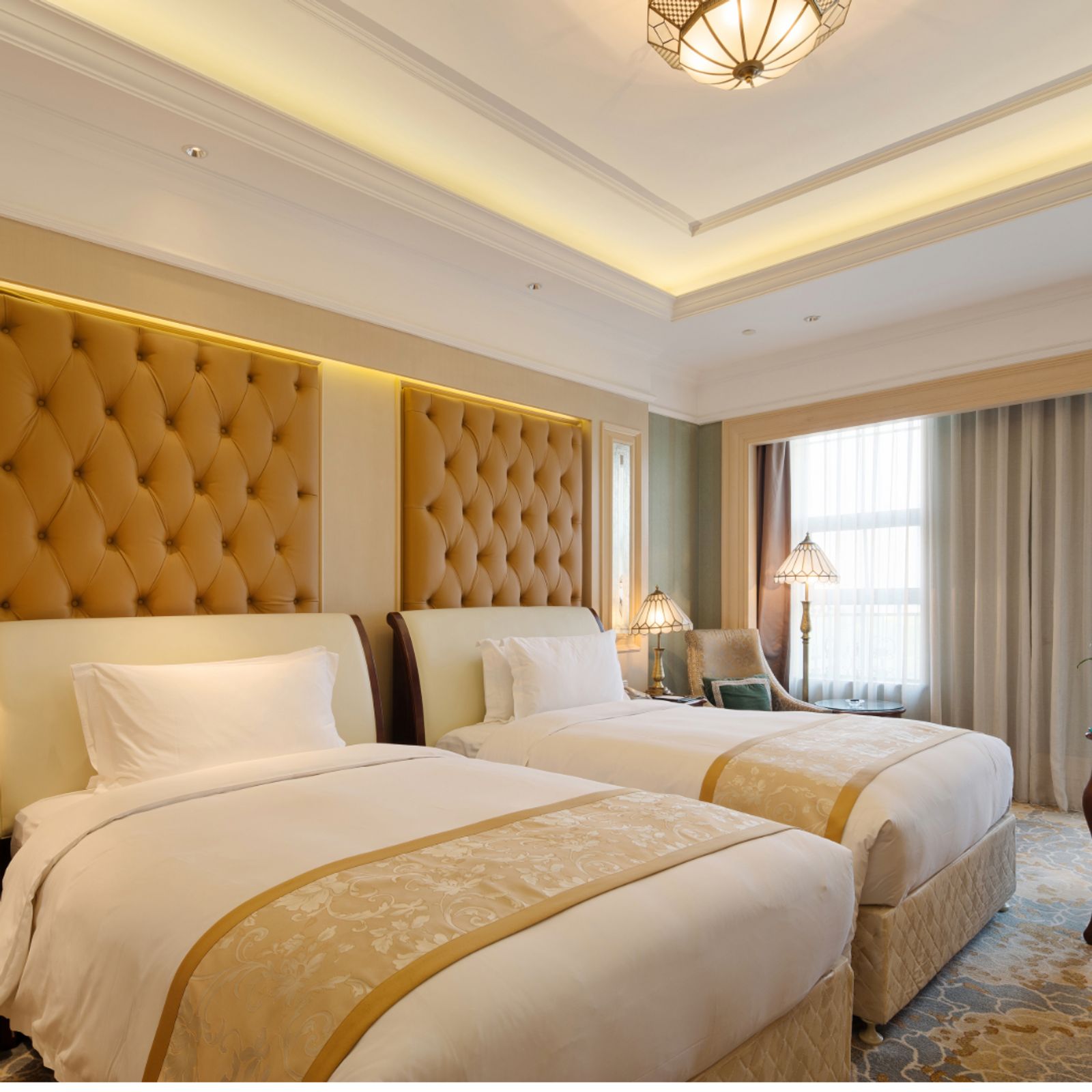Discover The Best CRM Setup for a Hotel: Key Modules, Contact Types, and Guest Cycle
Hotel success depends on providing a tailored guest experience while managing operations smoothly. In 2025, travelers expect instant replies, personalized offers, and seamless service. To meet these expectations, a CRM becomes an essential tool. It centralizes guest data, automates communication, and supports better segmentation. With the right setup, hotels can improve service, streamline tasks, and boost direct bookings.
Clear Contact Segmentation
Segmenting contacts allows hotels to send the right message at the right time. Your CRM should include:
Regular guests: those who return multiple times a year
Occasional guests: those visiting for events or short breaks
OTA leads: prospects from platforms like Booking or Expedia
Partners: travel agencies, influencers, or event planners
Groups or companies: for business events or team bookings
Proper segmentation improves targeting and personalization.
Key Modules to Activate
To maximize efficiency, your CRM should integrate essential modules such as:
Reservations and availability: synced with the hotel’s PMS
Guest preferences: to tailor services during the stay
Stay history: to track visit frequency and habits
Email marketing: to send automated messages before and after visits
Event management: to handle weddings, seminars, and private bookings
These modules support daily operations and strategic communication.
Custom Fields to Add
Add specific fields to better understand guest needs and personalize each stay:
Preferred room type: single, deluxe, suite
Dietary needs: vegetarian, gluten-free, food allergies
Important dates: birthdays, recurring visit periods
Booking channel: hotel website, OTA, phone, or travel agency
These fields allow the team to create targeted offers and unique guest experiences.
Example of a Hotel Guest Journey
A simple guest conversion cycle in a hotel CRM may look like this:
A prospect visits the hotel website
They fill out a reservation form
The CRM sends a confirmation email
Three days before arrival, a reminder is sent
After departure, a thank-you email follows with a loyalty offer
This cycle can run automatically with minimal staff input.
Real-World Use Case
A four-star seaside hotel uses its CRM to target returning guests before long weekends. The hotel sends special offers with upgrades or complimentary breakfast. This campaign strategy generates a 23% return rate without manual effort.
Conclusion
By 2025, a well-structured CRM is essential for hotels aiming to improve guest loyalty and increase direct revenue. It simplifies daily management, enhances the guest journey, and allows personalized communication at scale. A CRM is no longer just a tool—it’s a strategic asset.












